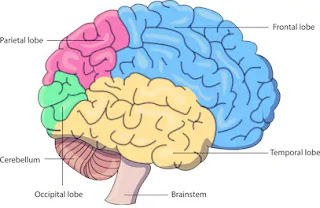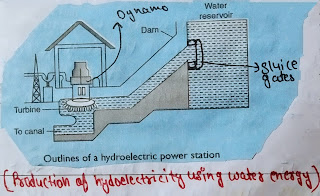Cbse notes class-10th Social Sciences geography.Chapter-1 Development Economic
Cbse Notes chapter-1 Development Economic National Development Development is the sum total of income plus quality of life. Besides seeking more income one way or another, people also seek things like equal treatment, freedom, security, respect of others, etc. →Different people have different goals in their life. what may be development for one may not be development for another. This can be understood by the following example:To get more electricity, an industrialist may want more dams. But this may submerge the land and disrupt the lives of people who are displaced, such as tribes. →One common thing among all people is the desire for more income .with this income they buy goods and services for their daily needs.Quality of life depends on non-material things also.For example job may give you less pay but may offer regular employment that enhances your sense of security. →Ideas of development differ at individual and national level .for example, a landless rural labourer may desiree m











